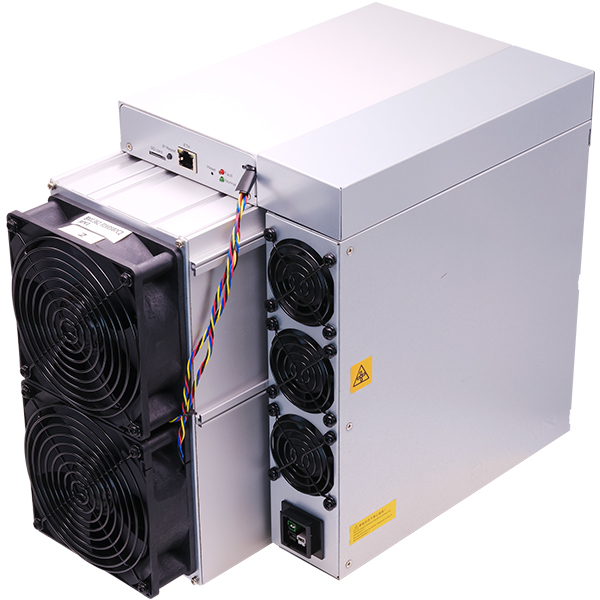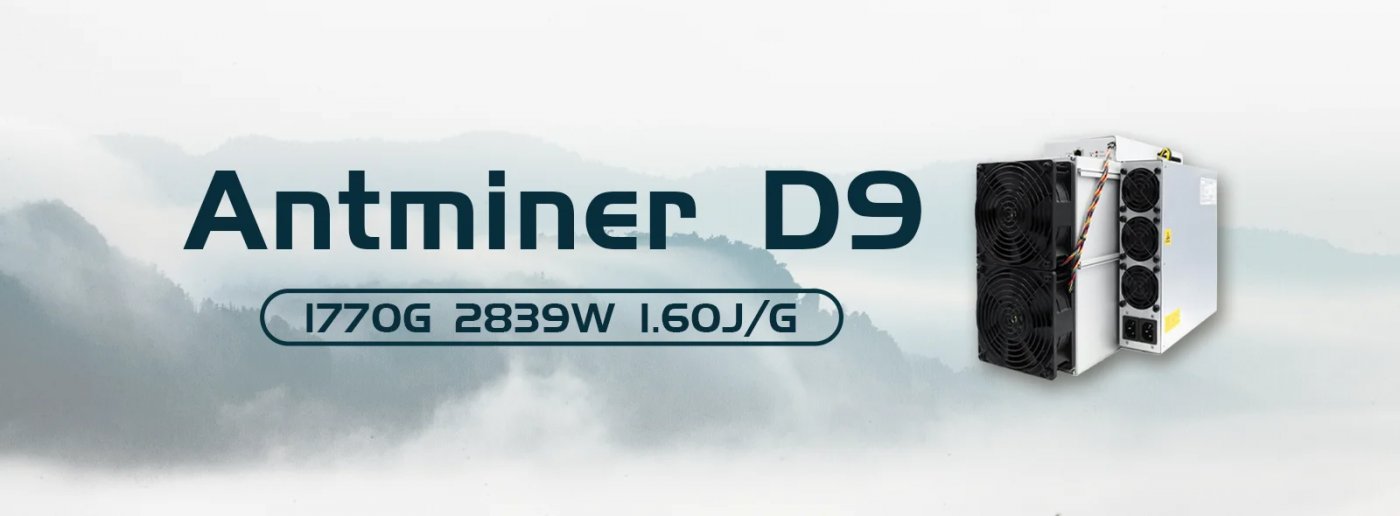Dash Miner D9 Field Troubleshooting for Common Issues
The Dash Miner D9 from the Antminer brand is a state-of-the-art mining device designed to optimize your cryptocurrency mining operations. Tailored specifically for the X11 algorithm, this miner is a powerhouse for Dash mining, offering exceptional performance, efficiency, and reliability. However, like any sophisticated piece of equipment, the Dash Miner D9 may occasionally encounter issues that require troubleshooting. This article provides practical insights and step-by-step solutions to common problems you might face while operating the Dash Miner D9 in the field.
Understanding the Dash Miner D9: A Quick Overview
Before diving into troubleshooting, it’s essential to understand the key features and specifications of the Dash Miner D9. This knowledge will help you identify and resolve issues more effectively.

- Hashrate and Efficiency: The D9 boasts a hashrate of 1770 GH/s with a power efficiency of 1.60 J/GH, making it one of the most efficient miners for the X11 algorithm.
- Power Consumption: It operates on a 200-240V AC power supply, consuming approximately 2839 watts under optimal conditions.
- Cooling and Noise: The advanced cooling system ensures stable performance while maintaining noise levels at 70 dBA, making it suitable for various environments.
- Durability and Support: Built by Antminer, the D9 comes with a 180-day warranty and comprehensive support, ensuring minimal downtime in case of hardware failures.
With these features in mind, let’s explore some common issues and their solutions.

Common Issues and Practical Solutions
1. Miner Fails to Power On
- Possible Causes:
- Incorrect power supply voltage or unstable power source.
- Faulty power cable or connection.
- Internal hardware malfunction.
- Troubleshooting Steps:
- Verify that the power supply voltage matches the miner’s requirements (200-240V AC).
- Check all power connections for loose or damaged cables.
- Test the power outlet with another device to ensure it’s functioning correctly.
- If the issue persists, inspect the miner’s internal components for visible damage or consult the manufacturer for further assistance.
2. Low Hashrate or Performance Degradation
- Possible Causes:
- Overheating due to inadequate cooling or high ambient temperatures.
- Dust accumulation on hash boards or fans.
- Firmware issues or outdated software.
- Troubleshooting Steps:
- Ensure the miner is placed in a well-ventilated area with ambient temperatures between 0°C and 40°C.
- Clean the hash boards and fans regularly to prevent dust buildup.
- Update the miner’s firmware to the latest version provided by Antminer.
- Monitor the miner’s temperature and hashrate using the user interface to identify any anomalies.
3. Excessive Noise from Cooling Fans
- Possible Causes:
- Fan malfunction or damage.
- High ambient temperatures causing fans to operate at maximum speed.
- Improper installation or loose components.
- Troubleshooting Steps:
- Inspect the fans for physical damage or obstructions.
- Ensure the miner is operating within the recommended temperature range.
- Tighten any loose screws or components that may be causing vibrations.
- Replace faulty fans with genuine Antminer parts if necessary.
4. Network Connectivity Issues
- Possible Causes:
- Faulty Ethernet cable or port.
- Incorrect network configuration.
- Router or modem issues.
- Troubleshooting Steps:
- Test the Ethernet cable with another device to rule out cable issues.
- Verify the miner’s IP address and network settings in the user interface.
- Restart your router or modem to resolve connectivity problems.
- If the issue persists, consider using a different Ethernet port or cable.
5. Frequent Hardware Errors or Shutdowns
- Possible Causes:
- Power supply instability or insufficient power capacity.
- Overheating or poor thermal management.
- Defective hardware components.
- Troubleshooting Steps:
- Ensure the power supply meets the miner’s requirements and is stable.
- Check the cooling system for proper operation and clean any dust buildup.
- Inspect the hash boards and other components for signs of damage.
- Contact Antminer support for diagnostics and potential hardware replacement.
Preventive Maintenance Tips
To minimize the likelihood of encountering these issues, follow these preventive maintenance practices:

- Regular Cleaning: Dust and debris can accumulate on the miner’s components, affecting performance and cooling. Clean the hash boards and fans periodically.
- Temperature Monitoring: Use the miner’s user interface to monitor temperatures and ensure they remain within the recommended range.
- Firmware Updates: Keep the miner’s firmware up to date to benefit from performance improvements and bug fixes.
- Power Supply Stability: Use a reliable power source and consider a surge protector to safeguard against voltage fluctuations.
- Proper Ventilation: Place the miner in a well-ventilated area to prevent overheating.
Leveraging Antminer’s Support and Warranty
One of the standout advantages of the Dash Miner D9 is the comprehensive support provided by Antminer. If troubleshooting steps fail to resolve an issue, don’t hesitate to reach out to their customer service team. With a 180-day warranty and global logistics support, Antminer ensures that your mining operations remain uninterrupted.
Conclusion
The Dash Miner D9 is a powerful and efficient solution for Dash mining, but occasional issues are inevitable in any mining operation. By understanding the common problems and their solutions, you can minimize downtime and maximize profitability. Regular maintenance, proper setup, and leveraging Antminer’s support will ensure that your Dash Miner D9 operates at peak performance, helping you stay ahead in the competitive world of cryptocurrency mining.

Investing in the Dash Miner D9 is not just about acquiring a mining device; it’s about partnering with a brand that prioritizes reliability, efficiency, and customer satisfaction. With the right care and troubleshooting approach, the D9 will serve as a cornerstone of your mining success.